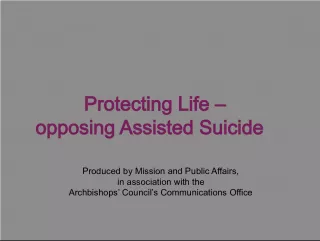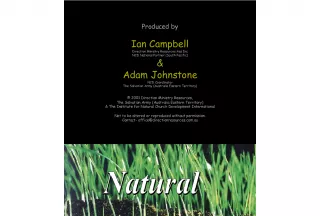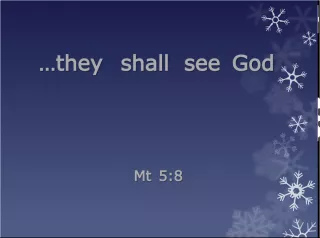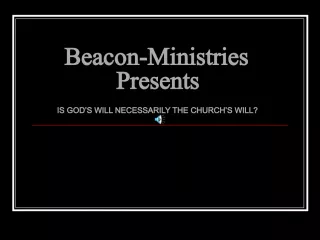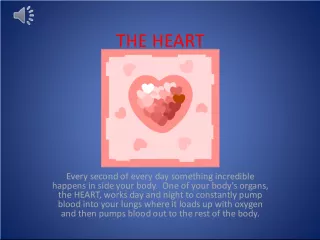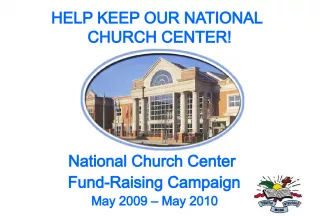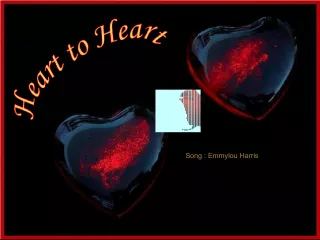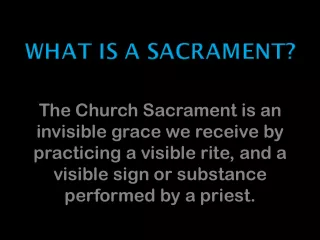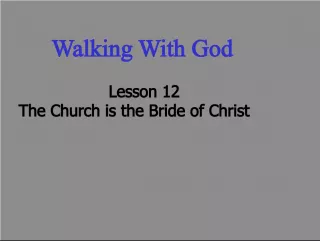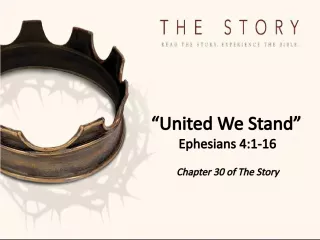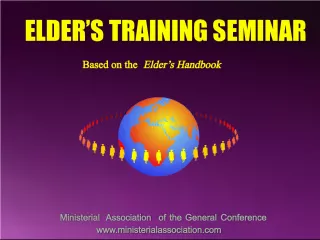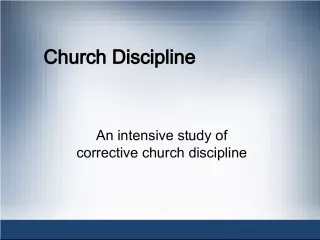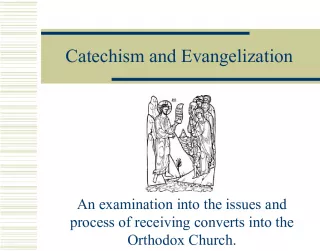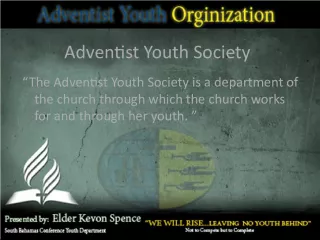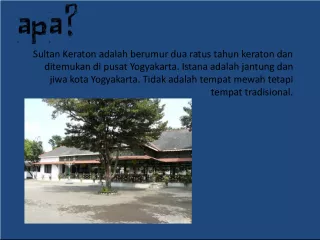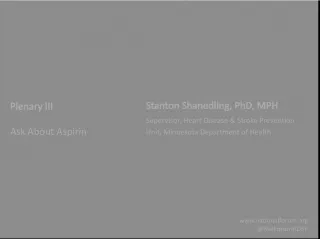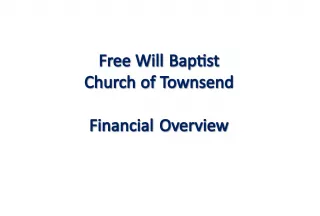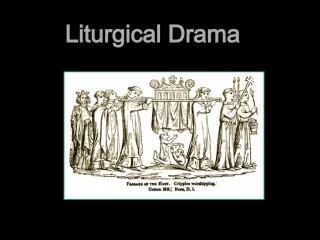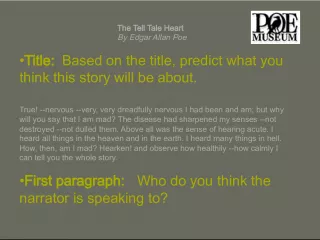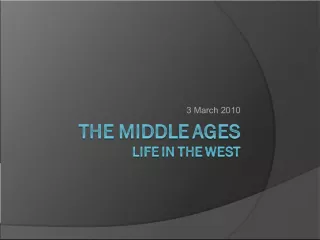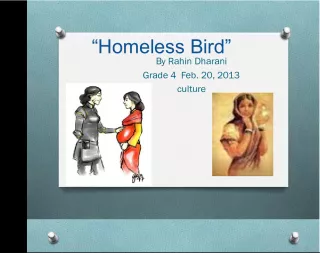The Dresden Frauenkirche - A Lutheran Church in the Heart of Saxony


The Dresdner Frauenkirche is a stunning example of Lutheran architecture situated in Dresden, Saxony. Although destroyed during WWII, it has been rebuilt and remains a significant symbol of resilience and faith.
- Uploaded on | 1 Views
-
 karenmoraes
karenmoraes
About The Dresden Frauenkirche - A Lutheran Church in the Heart of Saxony
PowerPoint presentation about 'The Dresden Frauenkirche - A Lutheran Church in the Heart of Saxony'. This presentation describes the topic on The Dresdner Frauenkirche is a stunning example of Lutheran architecture situated in Dresden, Saxony. Although destroyed during WWII, it has been rebuilt and remains a significant symbol of resilience and faith.. The key topics included in this slideshow are . Download this presentation absolutely free.
Presentation Transcript
2. The Dresden Frauenkirche (German: Dresdner Frauenkirche) is a Lutheran church in Dresden, the capital of the German state of Saxony. Although the original church was Roman Catholic until it became Protestant during the Reformation, the current Baroque building was purposely built Protestant. It is considered an outstanding example of Protestant sacred architecture, featuring one of the largest domes in Europe. Built in the 18th century, the church was destroyed in the bombing of Dresden during World War II. The remaining ruins were left as a war memorial, following decisions of local East German leaders. The church was rebuilt after the reunification of Germany. The reconstruction of its exterior was completed in 2004 and its interior in 2005. The church was reconsecrated on 30 October 2005 with festive services lasting through the Protestant observance of Reformation Day on 31 October. It now also serves as symbol of reconciliation between former warring enemies. The Frauenkirche is often called a cathedral, however it is not the seat of a bishop. The bishop's church is the Church of the Cross. Once a month, an Anglican Evensong is held in English, by clergy from the St. George's Anglican Chaplaincy.
3. Objective Students will be able to greet each other and introduce themselves and another student to the class. Given a list of numbers from 0-20 students will be able to tell and ask each other how old they are.
4. Alphabet A,B,C,D,E,F,G H,I,J,K,L,M,N,O,P Q,R,S,T,U,V,W X Y Z
5. Greetings Name the greeting. Hello! Hallo! Good morning! Guten Morgen! Good day! Guten Tag! Good evening! Guten Abend! Greetings to God! Gr Gott! Greetings to you! Gr dich!
6. Farewells Name the farewell. Good bye! Auf Wiedersehen! See ya! Tschs!
7. Introductions How do you say? I am called Karl. Ich heie Karl. My Name is Karl. Mein Name ist Karl. What is your name? Wie heit du? What is her name? Wie heit sie? What is his name? Wie heit er? Who is that? Wer ist das?
8. How do you respond to: Wie heit du? Wie heit er? Wie heit sie? Wer ist das? Ist das ein Junge? Ist das ein Mdchen?
9. Personal Pronouns I = ich you informal = du he, she, it = er, sie, es we = wir all of you = ihr you formal, they = Sie, sie
10. Numbers/Nummern 0 eins 2 zwei 3 drei 4 vier 5 fnf 6 sechs 7 null 1 sieben 8 acht 9 neun 10 zehn
11. Numbers/ Nummern 11 12 13 14 15 16 17 18 19 20 elf zwlf dreizehn vierzehn fnfzehn sechzehn siebzehn achtzehn neunzehn zwanzig
12. Age/alter Ich bin _____ Jahre alt. I am _____ years old.
